Ever watched your cat press its front paws into your lap or a soft blanket and wondered, “Why on earth do cats knead (make biscuits)?” This quirky, rhythmic pawing is one of the most recognizable—and puzzling—feline behaviors. Is it a sign of love, instinct, or something more? Prepare for a fascinating look into the heart and history of cat kneading, the science behind it, and how this simple act can speak volumes about your furry friend’s emotional world.
Unlocking the Mystery: Why Do Cats Knead (Make Biscuits)?
-
Have you ever wondered why your cat rhythmically presses its paws in and out on your lap or favorite blanket? Discover the fascinating science and endearing quirks behind why cats knead (make biscuits) and what this behavior reveals about your feline friend.
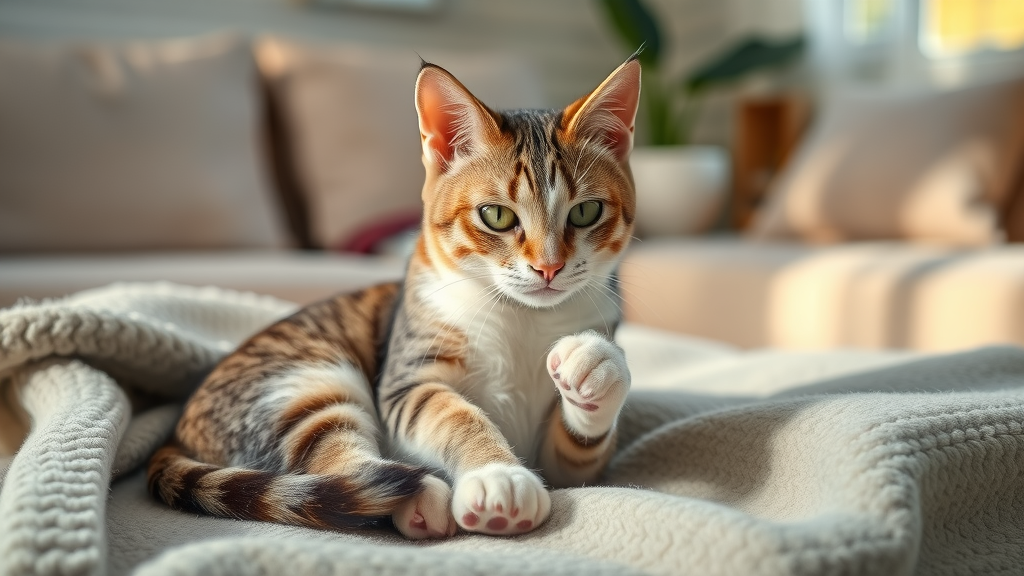
What You'll Discover About Why Cats Make Biscuits
-
The science and history behind cat kneading
-
Emotional and biological reasons cats make biscuits
-
How this behavior affects your relationship with your cat
The Origins and Evolution: Why Do Cats Knead (Make Biscuits)?
Instincts from Kittenhood: Cat Kneading Begins Early
-
How making biscuits is rooted in nursing behaviors
-
Developmental reasons why cats knead and why it persists into adulthood
-
How kittens' instincts carry over as cats make biscuits throughout their lives
The answer to why do cats knead (make biscuits)? goes back to their earliest days as kittens. When kittens nurse from their mother, they instinctively knead her belly to stimulate milk production . This kneading motion, similar to kneading dough , helps them feed and feel comforted. Even as adult cats, this behavior doesn’t fade. In fact, many cats continue to knead as a way to relive those moments of comfort and security from kittenhood.
For cat owners and cat parents, this instinctual act can seem like a sweet throwback to kitten days. The motion of pressing their paw pads and flexing their front paws into a soft object triggers a deep sense of well-being in cats. It is a vital part of early cat kneading behavior and helps explain why this quirk is nearly universal among domesticated cats.
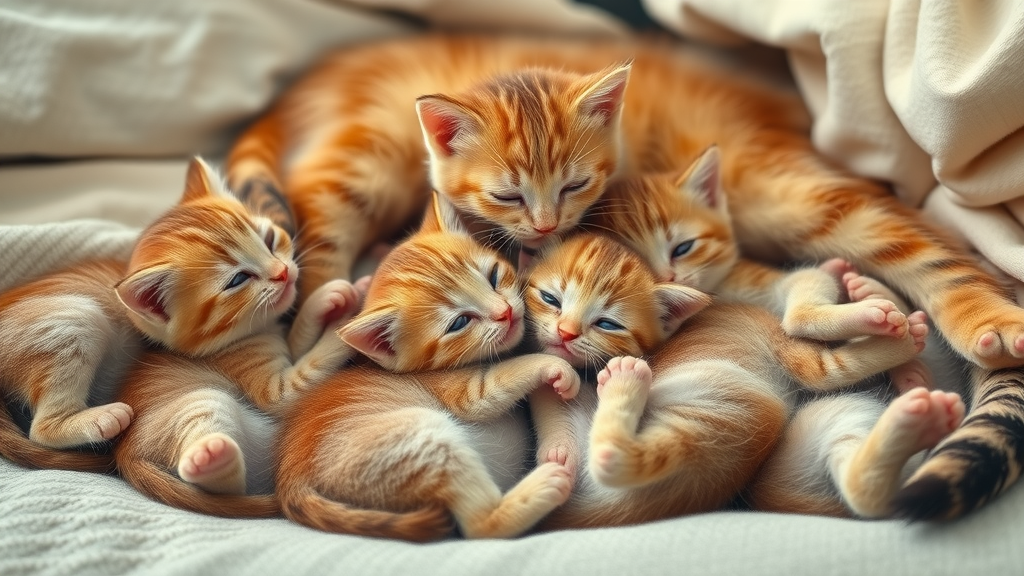
Ancestral Habits: Wild Cats and the Beginnings of Cats Kneading
-
The link between cat kneading and wild nesting behaviors
-
Preparing a safe space: why cats knead their bedding before settling down
Cat kneading is not limited to our house pets; it has its roots in the wild ancestors of today’s cats. In the wild, cats make biscuits by kneading grass or leaves to create a soft bed, signaling the spot is safe for rest or raising kittens. This nesting act protected them from hidden threats, ensuring a safe environment for sleep or nursing. Kneading a soft surface became programmed into their feline behavior as a measure of securing comfort and safety.
Today, when your cat makes biscuits on your favorite blanket or pillow, they're performing a deeply ingrained act passed down through generations. The behavior signals not only comfort but also a sense of precaution—a ritual rooted in survival and passed along as cats became companions to humans. Thus, the reasons why cats knead stretch from nurturing to practical self-preservation.
Emotional Connections: Why Do Cats Knead (Make Biscuits) on Their Humans?
A Sign of Affection? Understanding Why Cats Make Biscuits on People
-
Do cats knead as a display of trust and comfort?
-
The science behind cats kneading their owners for bonding
Many cat parents ask: Why do cats knead me specifically? When a cat kneads you, it is often a show of affection and trust. Your lap or chest becomes the ultimate soft surface—a stand-in for the warmth and comfort of their mother. As your cat presses their paw pads against you, it’s their way of saying, “I feel safe here with you.” Research in feline behavior shows kneading is a form of social bonding; it helps cats form strong, positive associations with their favorite humans.
"Kneading is one of the most beloved—and misunderstood—behaviors in domestic cats. It’s a sign of contentment that dates back to their kitten days." — Dr. Amy Whitcomb, Feline Behaviorist
This endearing kneading dough action with their front paws taps into a powerful emotional wiring. Cats knead on their owners to strengthen their bond and mark you with their scent glands . If you ever wondered why your cat makes biscuits on your lap, remember, it’s their version of a warm hug.
Stress and Security: Why Cats Knead (Make Biscuits) When They're Anxious
-
How cat kneading relieves anxiety
-
Behavioral cues: recognizing when cats make biscuits out of stress vs. affection
While kneading is often a sign of happiness, cats make biscuits when they're stressed too. The repetitive motion helps them self-soothe and find comfort during moments of anxiety. If a cat is kneading a lot—especially when there are changes at home or unfamiliar noises—the behavior may indicate they’re using it as a coping tool. Cat kneading is similar to how people might fidget or hug themselves when stressed.
To distinguish affectionate kneading from anxious behavior, watch your feline friend's body language. Relaxed whiskers, slow blinks, and gentle purring typically accompany comfort-based kneading, while pinned-back ears or rapid tail flicks can signal stress. Recognizing kneading behavior in different emotional contexts helps cat owners respond with patience and empathy—ensuring a happy, secure kitty.
Physical Benefits & Communication: What Cats Achieve When They Make Biscuits
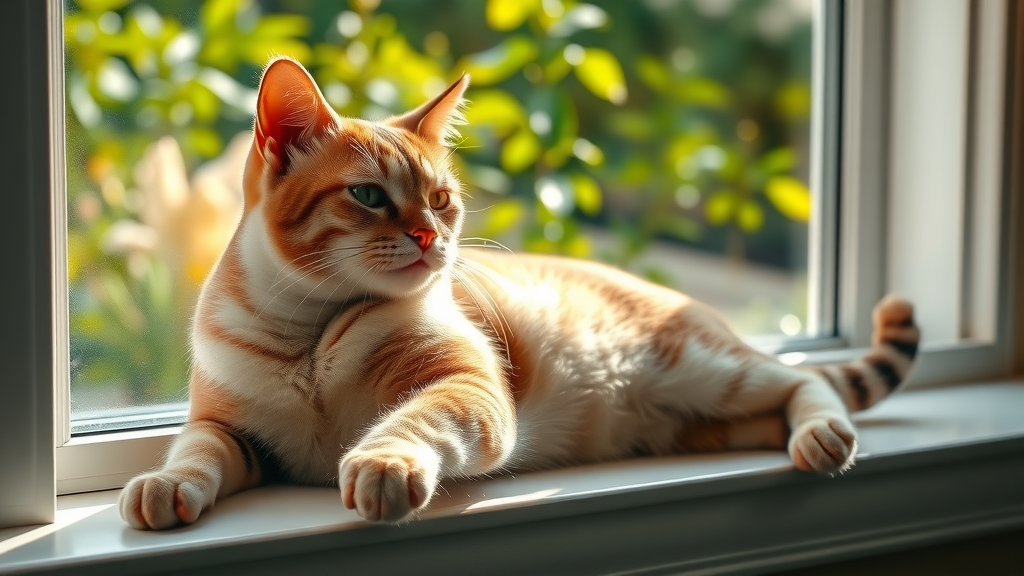
Scent Marking and Territory: Why Cats Knead (Make Biscuits) as a Signal
-
The role of scent glands in cat kneading
-
Why cats make biscuits to mark their territory
-
How making biscuits communicates well-being to other cats
One lesser-known reason cats make biscuits involves marking their scent. Cats have scent glands located in their paw pads. When they press and flex their paws on soft objects or even on their owners, these glands leave behind their unique scent. This subtle scent-marking is a form of non-verbal communication, letting other animals (and you) know: “This spot, this person—they’re mine.”
Cat kneading doubles as a territorial signal that broadcasts a sense of contentment to other pets in the home. It shows your cat feels at ease, and by marking territory, they're building confidence and harmony in their environment. This blend of comfort, ownership, and social communication is part of why cat parents find kneading such an intriguing and charming behavior.
Muscle Stretching and Comfort: Health Reasons Cats Make Biscuits
-
Physical benefits—stretching and exercise
-
Why older cats knead for joint relief
Kneading is more than just adorable—it's physically good for cats too. The rhythmic flexion and extension of their front paws help stretch their muscles and ligaments, just like a mini workout. For older cats, this gentle movement helps keep their joints limber and can even relieve minor aches. Think of it as your cat’s version of a morning yoga stretch, using their paws to feel good on a soft surface.
In this way, cat kneading also signals well-being and self-care. The simple act of making biscuits offers both emotional and physical rewards, explaining why so many cats tend to knead well into adulthood. If you notice your senior cat makes biscuits more often, it might be their way of keeping comfortable as their body changes.
|
|
|
Table: Differences Between Cat Kneading and Other Feline Behaviors |
|
Behavior |
Purpose |
Emotional State |
|---|---|---|
|
Kneading |
Comfort, scenting |
Content, affectionate |
|
Scratching |
Sharpening claws |
Territorial, excited |
|
Purring |
Communication, healing |
Happy, relaxed |
Curious Cats: Unique Ways Cats Make Biscuits
Do All Cats Knead (Make Biscuits)? Comparing Cat Kneading Styles
-
Why some cats use all four paws to make biscuits
-
Breeds and their tendencies—why cats knead differently
While most cats knead with their front paws, some cats make biscuits with all four! The style and intensity vary based on personality, comfort level, and even breed. Some breeds, like Ragdolls and Maine Coons, are famous for extra enthusiastic kneading—they'll work your lap like a baker prepping dough. Others might “air knead” above a surface or gently tap instead of full on digging their claws in.
Genetics also play a role in how cats knead. Some breeds are hardwired for more tactile, demonstrative “biscuit-making,” while others might be more reserved. Whether your feline friend is kneading a plush blanket or padding at the air, the unique ways cats make biscuits is just another example of the delightful quirks that make each cat special.
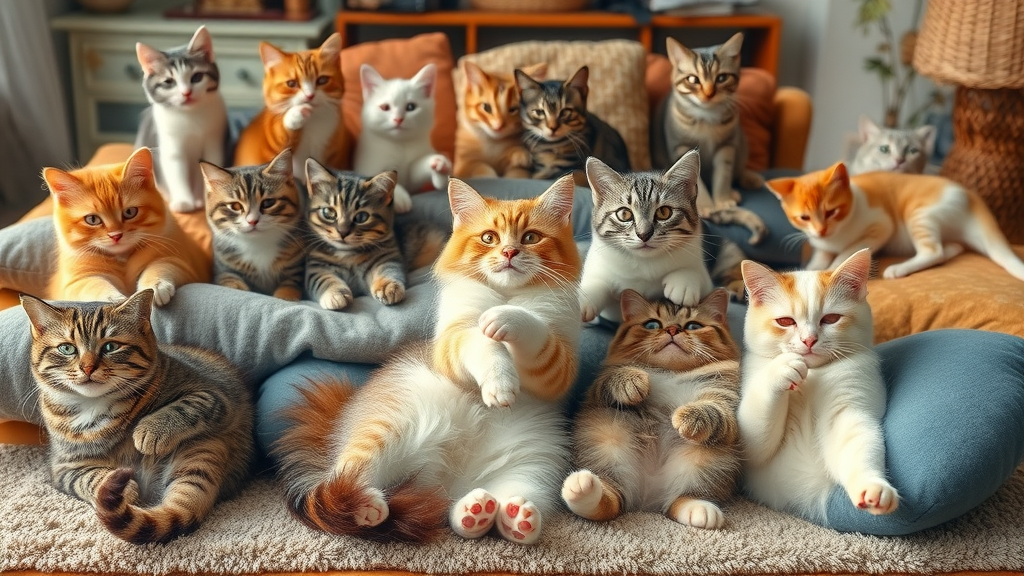
When Should You Be Concerned About Cat Kneading?
-
Signs of obsessive or painful kneading
-
Tips for redirecting excessive cats knead behavior
Cat kneading is usually harmless, but sometimes the behavior becomes excessive. If your cat kneads constantly, or seems to be in discomfort while kneading, it may signal an underlying issue such as anxiety, sore joints, or even skin irritation. Cats that knead until they damage fabrics—or hurt themselves—could benefit from gentle intervention.
For obsessive kneading, provide a variety of soft objects and redirect their behavior to cat-safe blankets or toys. If your cat’s kneading comes with vocalization, restlessness, or sudden aversion to touch, consult your veterinarian to rule out medical issues. Understanding your cat’s normal “biscuit-making” style helps differentiate between normal affection and potential concern.
Cats & Comfort: Why Do Cats Make Biscuits on Blankets and Clothing?
The Texture Factor: Why Cats Knead (Make Biscuits) Specific Fabrics
-
Soft materials and their calming effects
-
Why cats make biscuits on their owners' favorite spots
Cats tend to knead on plush materials—think fluffy blankets, cozy sweaters, or their owner’s lap—because these soft objects closely mimic their mother’s fur from kittenhood. The sensation brings immense comfort and helps your cat feel secure and relaxed. It’s no coincidence that your cat chooses your coziest throw blankets or favorite pillow to begin their bread-making routine.
More than just for comfort, cats make biscuits on your belongings as a compliment—your scent combined with the texture offers a double dose of security and connection. For cat owners, understanding why cats favor certain fabrics can help create inviting spaces for your furry companion, minimizing damage to off-limits items and maximizing your shared cuddle time.
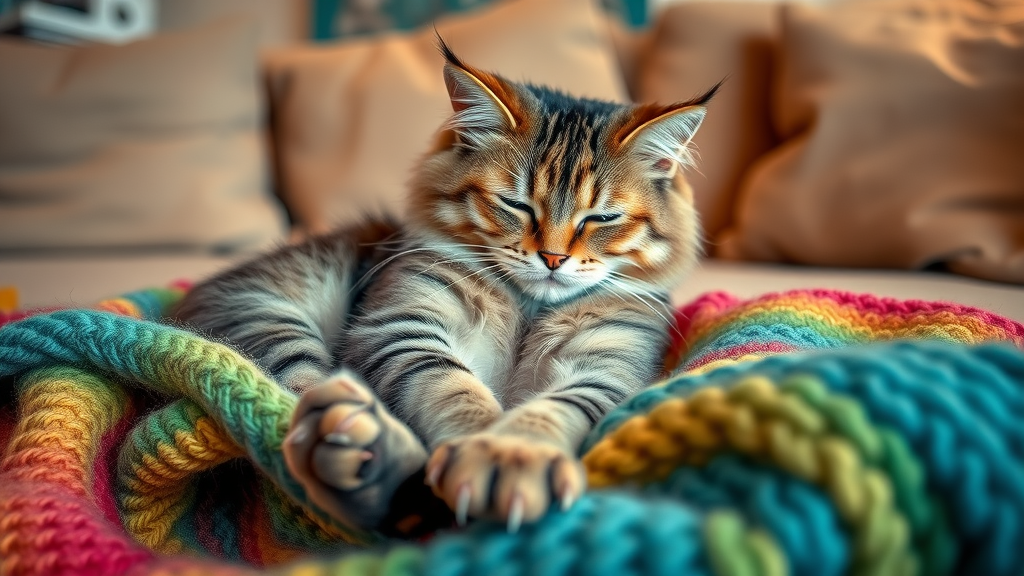
Exploring the Top Reasons Why Cats Knead (Make Biscuits)
-
Instinctual nursing triggers
-
Sign of happiness and trust
-
Marking territory with scent glands
-
Comfort and nesting behaviors
-
Physical stretching and exercise
-
Relieving anxiety
-
Social bonding with humans
People Also Ask: Answers to Common Questions About Why Cats Knead (Make Biscuits)
What does it mean if a cat kneads biscuits?
-
When your cat kneads biscuits, it’s often a sign of contentment, reminiscent of kittenhood nursing and comfort-seeking behaviors.
Cat kneading, or the act of making biscuits, generally indicates that your cat is happy and at ease. It’s a behavior deeply connected to their earliest experiences and shows they feel comfortable and secure in your presence.
Are cats happy when they knead?
-
Yes, cats are generally happy and relaxed when kneading. This behavior signifies comfort and a sense of safety in their environment.
If you notice your cat kneading while purring or stretching out, you can be confident they’re in a positive emotional state. This soothing motion often accompanies some of their happiest, most tranquil moments.
What does it mean when a cat gives you a biscuit?
-
When a cat gives you a biscuit (kneads on you), it’s a form of affection and a way of marking you with their scent, signifying trust and bonding.
Think of it as a feline love letter—their way to say they care and feel safe with you. If your cat makes biscuits on you, enjoy the moment and feel honored by their trust.
Why do cats make biscuits on blankets?
-
Cats make biscuits on blankets because the soft texture mimics the comfort they experienced as kittens and provides satisfaction and security.
Soft surfaces allow cats to knead comfortably, activating those memories from kitten days and providing a stress-relieving, soothing ritual that’s easy to indulge in the home.
Expert Insights: FAQs on Why Do Cats Knead (Make Biscuits)?
Is cat kneading ever a cause for concern?
-
Excessive or aggressive kneading may indicate stress, medical discomfort, or boredom. If kneading is accompanied by other behavioral changes, consult your vet.
Monitor your cat for signs of pain, over-grooming, or sudden changes in kneading styles. Address any issues quickly to ensure your cat remains healthy and content.
Can you train cats not to knead?
-
It’s not always necessary to train cats out of kneading, but you can redirect their behavior to appropriate surfaces if it becomes problematic.
Offer soft, durable blankets and gently move them if kneading becomes excessive or is directed at furniture. Positive reinforcement keeps the process stress-free for both of you.
Enhancing Your Bond: Harness Why Cats Knead (Make Biscuits) for Better Relationships
-
Tips for making kneading safe and comfortable for both cat and owner
-
Creating cozy environments that encourage positive cat kneading behaviors
-
Strengthening your connection with your cat through understanding their body language
Understanding why do cats knead (make biscuits)? lets you foster better communication with your feline friend. Place soft throws where your cat likes to knead, keep claws trimmed to protect your laps and linens, and learn to read their body language during cuddle time. Provide alternating fabrics, and enjoy the bonding opportunities each session brings.
When cat kneading is embraced, it strengthens the emotional tie between you and your pet, creating a safe, loving environment that supports healthy feline behavior and a harmonious home.
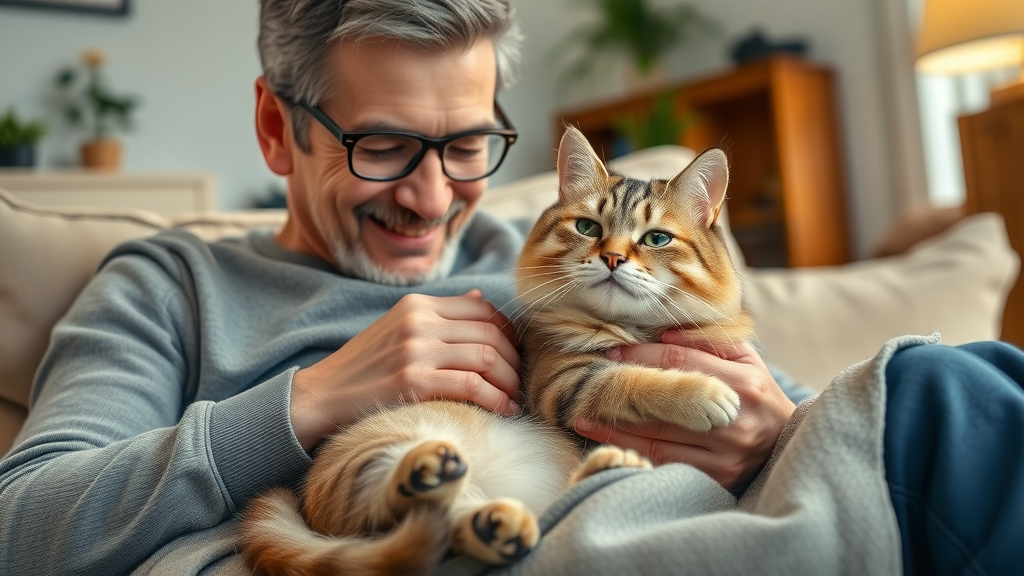
Did You Know? Surprising Facts About Why Do Cats Knead (Make Biscuits)
-
Not all cats make biscuits, but most do
-
Some studies suggest cats knead more often in multi-cat homes
-
Cats can 'nurse' while kneading even as adults
The delightful world of cat kneading is full of surprises. Some cats never knead, while others make a point to do it many times a day. Research even hints that cats in multi-pet households knead more frequently, possibly as a form of social bonding or to navigate group dynamics. And did you know that some adult cats suckle at the air or on soft objects while kneading, harkening back to their kitten days?
Expand Your Understanding: Related Topics on Cat Kneading and Making Biscuits
-
The relationship between purring and kneading
-
How kneading differs from playful behaviors
-
Advances in feline behavioral science
Interested in diving deeper? From how purring often accompanies kneading to the subtle ways cats differentiate between play and comfort behaviors, feline science is always evolving. Resources on cat behavior toolkits and the latest research help cat owners create supportive, insightful spaces for better understanding their pets.
If You Love Learning About Why Cats Knead (Make Biscuits), Stay Connected
-
Love pets as much as we do? Join our monthly newsletter for tail-wagging tips, adorable stories, and smart pet care hacks. 🐾 Subscribe now — it's paws-itively free!
Conclusion: Make every “biscuit-making” moment count—create safe, cozy spaces that encourage your cat’s natural kneading, and use this adorable behavior to build a deeper, more loving bond with your feline companion.
Cats knead, or “make biscuits,” for various reasons rooted in their biology and behavior. This rhythmic pressing of paws into soft surfaces is a common feline activity.
Instinctual Behavior from Kittenhood
Kneading begins in kittenhood when kittens press their paws against their mother’s belly to stimulate milk flow during nursing. This action is associated with comfort and contentment, leading many cats to continue kneading into adulthood as a self-soothing behavior. ( petmd.com )
Expression of Affection and Contentment
Adult cats often knead when they feel relaxed and happy. When a cat kneads on a person, it can be a sign of affection and trust, indicating that the cat feels secure and comfortable in their presence. ( scientificamerican.com )
Marking Territory
Cats have scent glands in their paw pads. By kneading, they release pheromones onto the surface, marking it as their territory. This behavior communicates to other animals that the area or person is claimed. ( forbes.com )
Nesting Behavior
In the wild, cats knead to create a soft, comfortable nest for sleeping or giving birth. This instinctual behavior ensures a cozy and safe resting place. Domestic cats may exhibit this behavior when preparing a spot to sleep. ( brownvethospital.com )
Physical and Emotional Benefits
Kneading helps cats stretch their muscles and maintain flexibility. The rhythmic motion can also be soothing, helping cats relax and reduce stress. ( annarboranimalhospital.com )
When to Be Concerned
While kneading is generally a normal behavior, excessive kneading can indicate stress or anxiety. If a cat’s kneading becomes compulsive or is accompanied by other behavioral changes, it’s advisable to consult a veterinarian. ( petmd.com )
Understanding the reasons behind kneading can help cat owners appreciate this behavior and strengthen their bond with their feline companions.
 Add Row
Add Row  Add
Add 


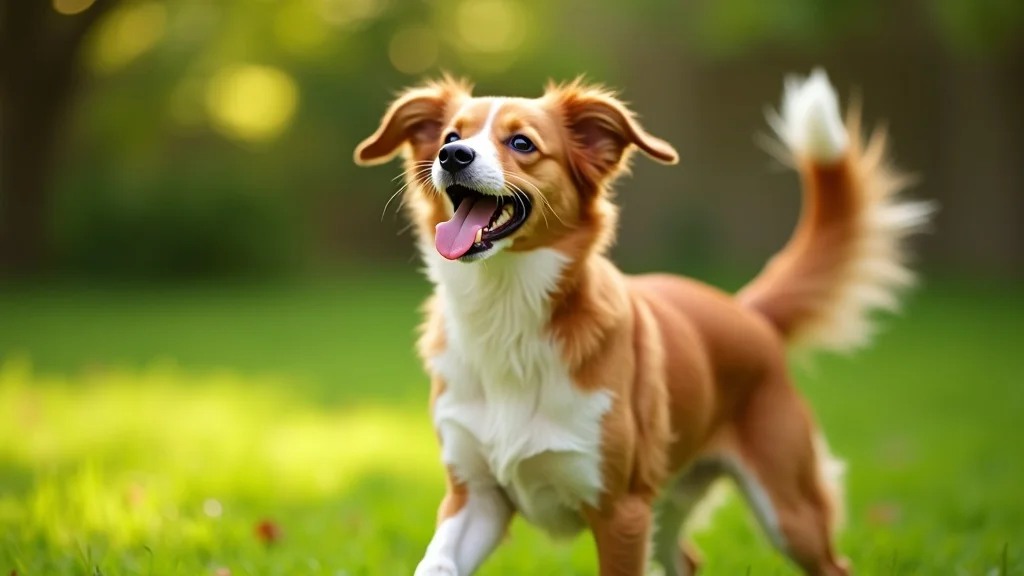

Write A Comment